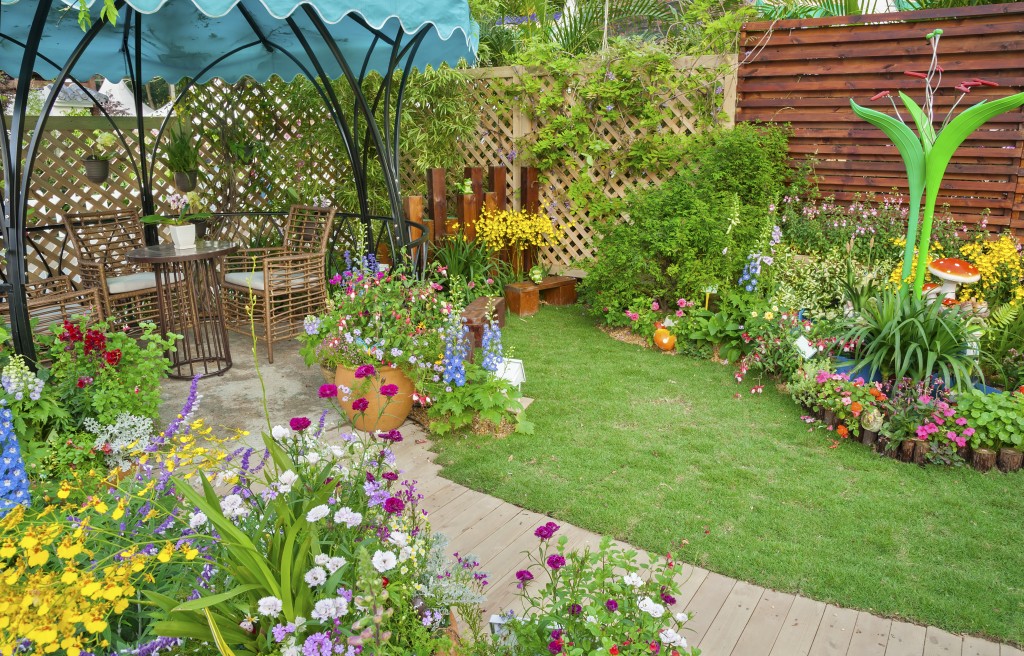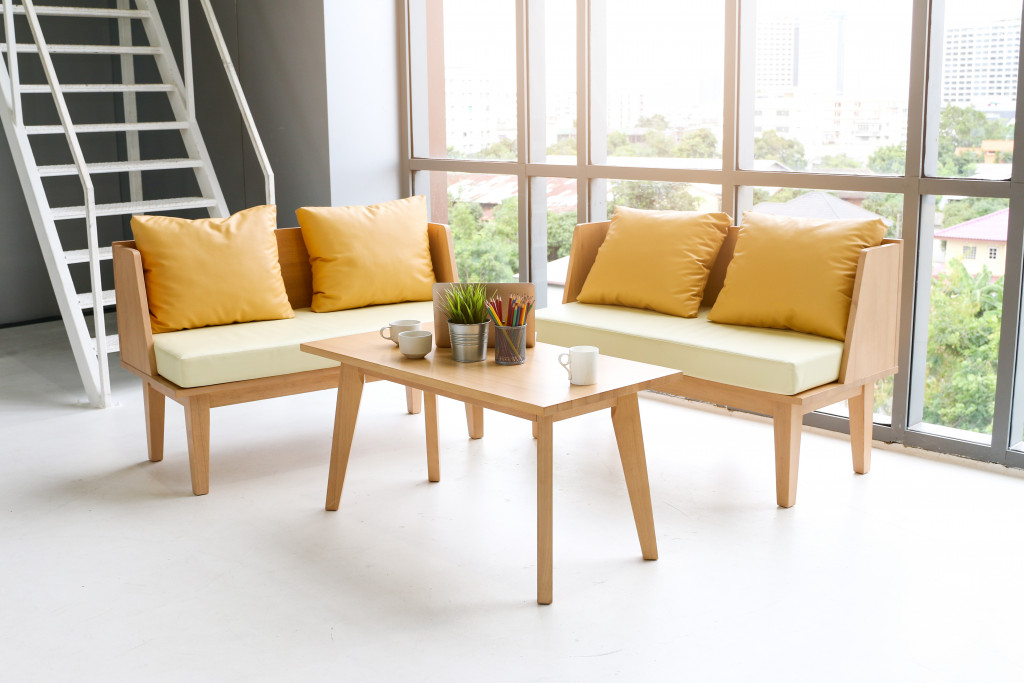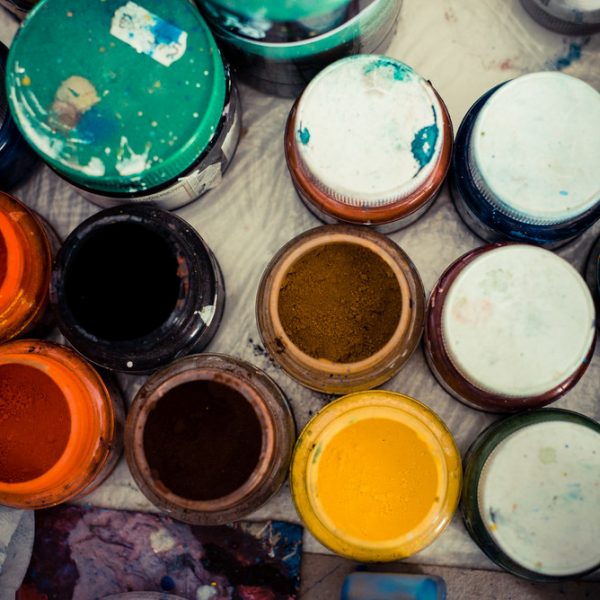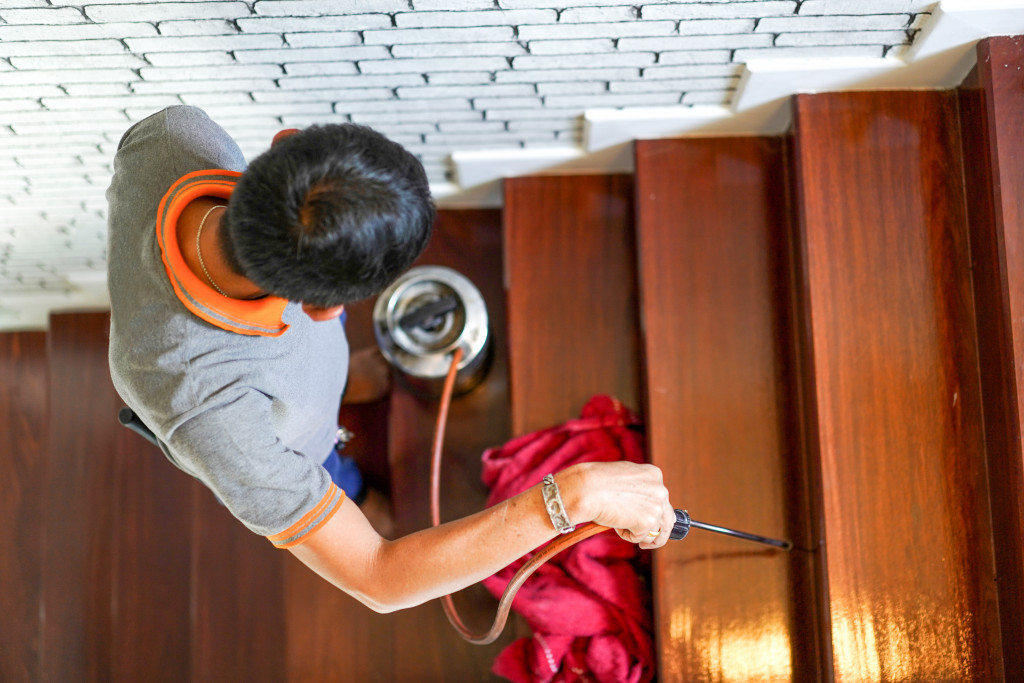As an art enthusiast for over three decades, I can proudly say that gouache is perhaps my favorite medium of all. It’s the most versatile of mediums, capable of mixing the fluidity of watercolor with the flow of acrylic. It’s beautiful enough for master painters yet forgiving enough for beginners to fall in love with painting.
Whether it’s for industrial use like painting buildings, movie backgrounds, TV script layouts, or simply for your personal expression or as a business option for artists, gouache is a great way to start your painting journey, and it’s probably going to be with you for the rest of your painting journey.
We did an article in the past about gouache on canvas, but for this one, we’ll take a look at some of the basic concepts beginner artists need to understand about working with gouache and how to utilize them properly so you can bring out the beauty of the medium
Working With Gouache: Brushes
Water is gouache’s best friend, so always keep your brushes wet while you work. Gouache works best when it’s properly hydrated, which means that a wet brush will help the gouache be as workable as possible.
For beginners, you can use watercolor brushes to work with gouache, as the special gouache brushes are made pretty much the same way. Regardless of what type or shape of brush you use when working with gouache, just remember: keep it wet at all times.
Working With Gouache: Staining
In essence, staining is the same as glazing; that is, it’s a technique wherein a painter covers an area to be painted with watered-down color in order to act as a base for the main color that they will be working with.
This can be achieved either by diluting your paint with extra water in your palette, or by using a wetter brush with the gouache. I recommend the latter, as it makes it easier for you to move the pigment around your surface more smoothly and helps you achieve long, even strokes.

Working With Gouache: Edge Softening
Similar to watercolor, you can return to your gouache paint hours (sometimes even days) after it has been applied in order to make corrections or additions. In fact, the unique thing about gouache is that it can stay reworkable for an indefinite period of time, making it a great medium to apply art in your daily life.
Softening the edges of your gouache painting creates beautiful gradients provided you rework it using even strokes and an extra wet brush.
Working With Gouache: Adding Texture
In contrast, a dry brush can also be used with gouache to create texture that lasts longer than acrylic. To do this, use a dry brush with gouache that’s been diluted with just a few drops of water. Quickly apply the gouache to your surface in quick, light strokes.
This effect is best used on softer surfaces like paper or thin canvas, as the gouache will dry with a ragged effect. One of the artists that changed our world, Leonardo Da Vinci, was able to utilize gouache to create textures in his paintings that set the standard for most of Renaissance art.
A Quick Word about Gouache Paint
Just like any other medium, each brand of gouache will have different personalities and will react differently to your brush strokes, the brush you use, the amount of water you dilute it with, and many other factors. As much as possible, try to experiment with as many brands as possible so you can choose the right one for your style and purpose.
As for ideas on what to paint, you can take inspiration from an original Bob Ross painting and being to life nature or a beautiful sunset using gouache technique. Your imagination is the only limit.




